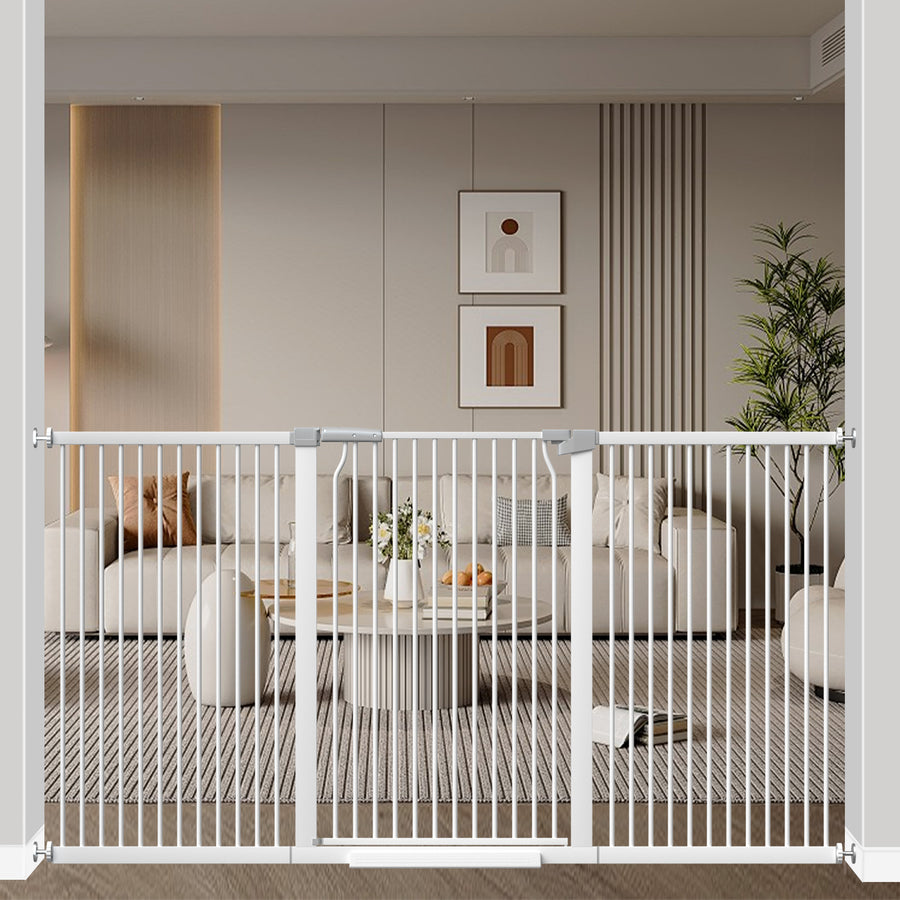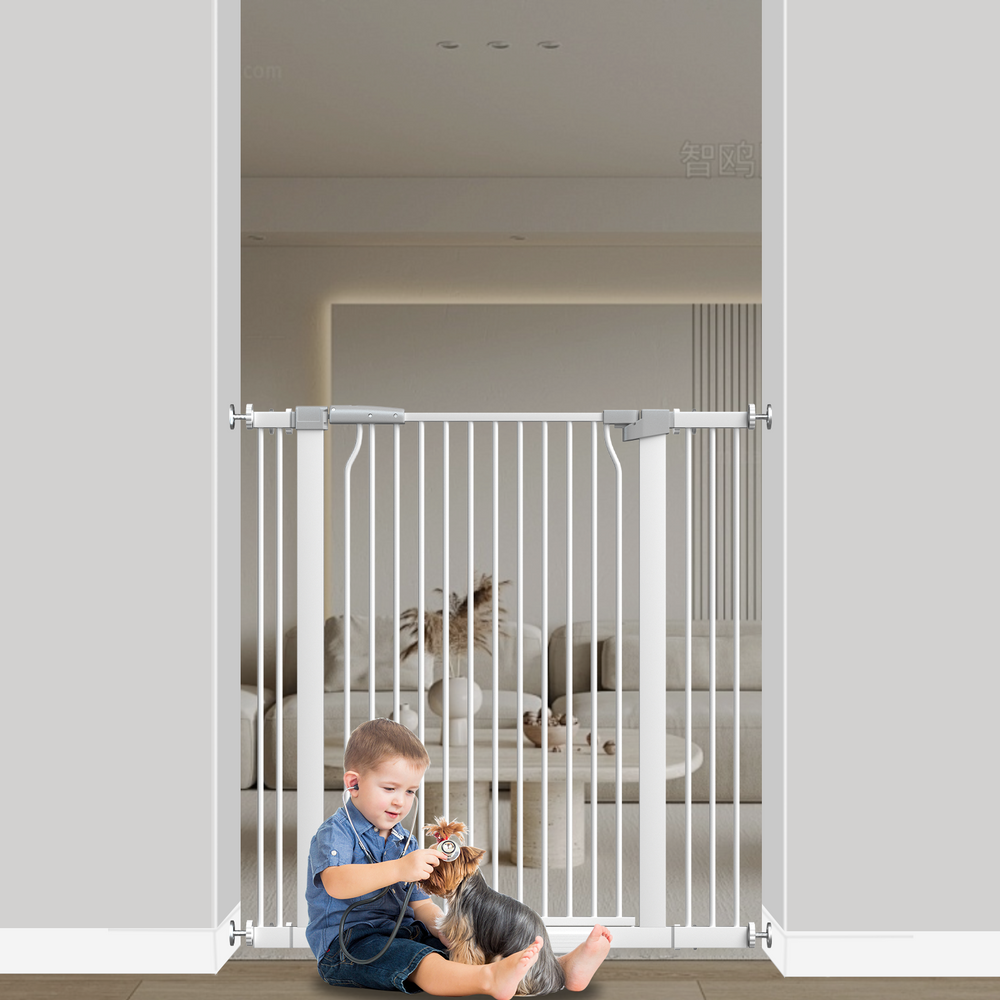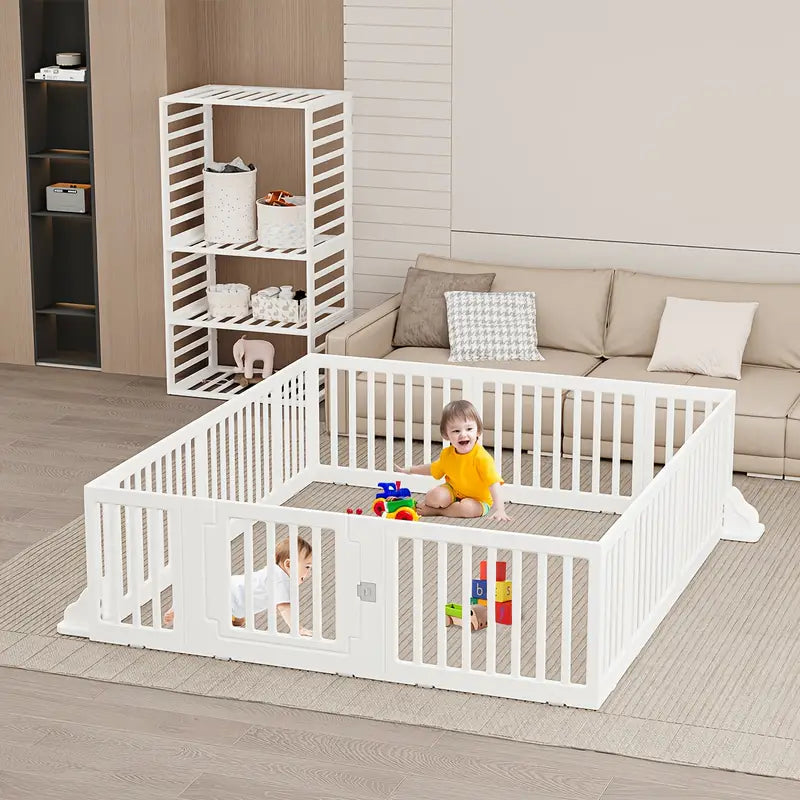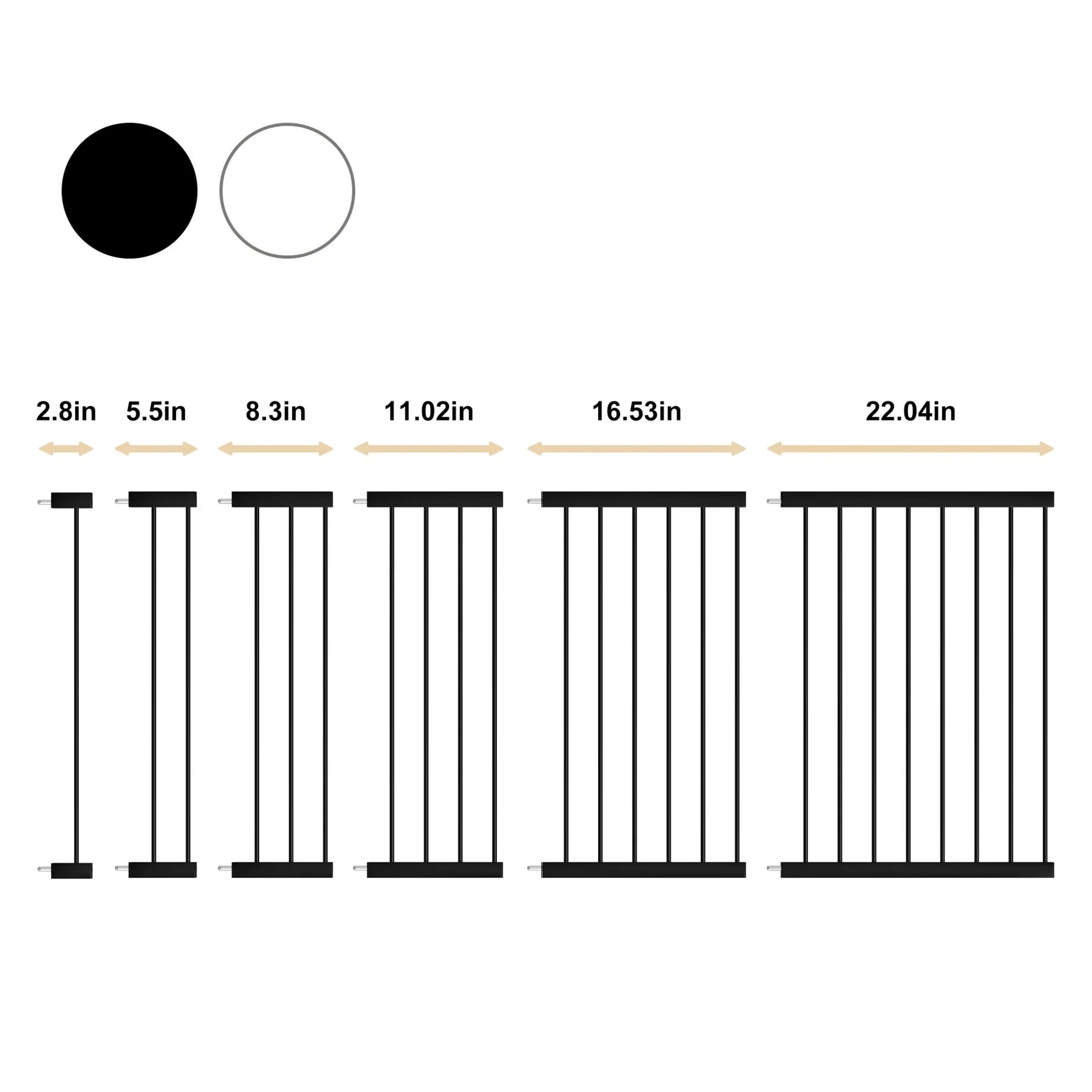Essential Poison Prevention Tips for Toddlers Every Parent Should Know
Creating A Safe Home Environment
It's a fact: toddlers are curious. They explore everything, and that includes things that could be dangerous. That's why creating a safe home environment is so important. It's not about bubble-wrapping your house, but about taking smart steps to minimize risks. Let's get into it.
Store Medications Out Of Reach
Medications are a leading cause of poisoning in young children. Even if you think your child can't reach something, they might surprise you. Toddlers are resourceful little climbers! So, what can you do? Store all medications, both prescription and over-the-counter, in a locked cabinet. If you don't have a cabinet, a high shelf that's truly out of reach will work. Make sure visitors do the same with their medications when they come to your home. It's also a good idea to discard unused medication properly; many pharmacies have take-back programs.
Use Child-Resistant Packaging
Child-resistant doesn't mean child-proof. It just means it's harder for kids to open. Always use child-resistant packaging for medications and cleaning products. But don't rely on that alone! It's an extra layer of protection, not a substitute for storing things out of reach. If you're using liquid medicine, always use the dosing device that came with the medicine. Never use a kitchen spoon, as that can lead to incorrect dosages. Also, be sure to buy refills that use child-resistant packaging, especially for e-cigarettes. A small amount of liquid nicotine can be fatal to a child.
Keep Cleaning Products Locked Up
Cleaning products are another big hazard. Think about it: bleach, detergents, even dish soap can be harmful if ingested. The best way to protect your child is to keep all cleaning products locked up. A high cabinet with a child-proof latch is ideal. If that's not possible, make sure they're stored in their original containers and out of sight. Never put cleaning products in containers that could be mistaken for food or drink, like old soda bottles. Original labels have important information, like what to do if the product gets in your eyes or mouth. It's also a good idea to use traditional liquid or powder laundry products instead of detergent packets until all children who live in or visit your home are at least 6 years old.
Creating a safe home environment is an ongoing process. It's not a one-time thing. As your child grows and develops, you'll need to reassess your safety measures and make adjustments as needed. Stay vigilant, and you can help keep your child safe from accidental poisoning.
Understanding Common Household Poisons

It's easy to overlook the everyday items in our homes that can pose a risk to toddlers. They're curious and explore everything, so it's important to know what's dangerous. Being aware of potential poisons is the first step in keeping your child safe.
Identify Toxic Substances
Many things around the house can be harmful if ingested or touched. It's not just about the obvious stuff like bleach. Think about things like:
- Medications: Even over-the-counter drugs can be dangerous in large doses.
- Cleaning supplies: These are often brightly colored and can look appealing to kids.
- Personal care products: Mouthwash, nail polish remover, and even some lotions can be toxic.
It's a good idea to make a list of all the potentially dangerous substances in your home and keep it handy. You can also use resources like the webPOISONCONTROL online tool to quickly check if something is toxic.
Recognize Dangerous Plants
Houseplants can add beauty to your home, but some are poisonous if eaten. Common culprits include:
- Poinsettias
- Oleander
- Lily of the valley
If you have young children, it's best to avoid these plants altogether. If you choose to keep them, make sure they're out of reach. It's also a good idea to teach your child not to eat any plants without your permission. Knowing the names of your plants is important; if you're unsure, take a sample to a local nursery for identification. You can also find helpful information on the My Child Ate... website, which lists common household items kids might ingest and their toxicity.
Be Aware Of Everyday Items
It's not just the obvious poisons you need to worry about. Many everyday items can be harmful to toddlers, such as:
- Button batteries: These small batteries can cause serious internal burns if swallowed.
- Liquid laundry packets: These packets contain concentrated detergent that can cause severe burns if ingested or if it comes into contact with the eyes.
- Alcohol: Even small amounts of alcohol can be dangerous for toddlers.
It's important to remember that poisoning can happen anywhere, not just at home. Be extra vigilant when visiting other people's homes, especially if they have young children. Always keep a close eye on your toddler and make sure they're not putting anything in their mouth that could be harmful.
Educating Your Toddler About Poisons
It's never too early to start teaching your toddler about potential dangers around the house. While you're taking steps to secure your home, also begin explaining what's safe and what's not. This isn't about scaring them, but about building awareness in an age-appropriate way.
Teach About Poisonous Substances
Start with the basics. Show them examples of things that are not for eating or drinking, even if they look or smell interesting. Use simple language, like "This is yucky, don't touch," when referring to cleaning supplies or medications. Repetition is key. Point out these items during your regular routines, reinforcing the message each time. Make it a game, like a "spot the danger" activity, to keep them engaged.
- Use picture books or flashcards to illustrate poisonous items.
- Act out scenarios with toys, showing what happens if a toy "drinks" something it shouldn't.
- Always supervise when discussing potentially dangerous items.
Explain The Dangers Of Certain Foods
Beyond the obvious, some foods can be harmful to toddlers if not prepared correctly or consumed in large quantities. For example, raw honey isn't safe for babies under one year old, and certain types of fish have high mercury levels. Make sure they understand that not everything that looks like food is safe for them to eat.
It's important to emphasize that you're not trying to scare them away from all foods, but rather teaching them to be cautious and to always ask before eating something new. This helps build trust and encourages them to come to you with questions.
Use Simple Language For Understanding
Toddlers don't understand complex explanations. Keep your language simple and direct. Instead of saying "This could cause serious internal damage," try "This will make your tummy very sick." Use a tone that's firm but not frightening. Visual aids can also be helpful. Show them pictures of healthy foods versus things that are not food at all. Consistency is key. The more they hear the same message, the better they'll understand and remember it. You can even create a safe home environment by removing dangerous items.
- Use short sentences and repeat key words.
- Incorporate gestures and facial expressions to emphasize your message.
- Relate the dangers to something they already understand, like a boo-boo.
Emergency Preparedness For Poisoning Incidents

It's not something anyone wants to think about, but being prepared for a poisoning incident is super important, especially with toddlers around. Quick action can make a huge difference. Let's get ready, just in case.
Know The Poison Control Number
The Poison Control number, 1-800-222-1222, should be programmed into every phone and posted visibly in your home. This is your first line of defense. Don't hesitate to call, even if you're not sure if something is poisonous. It's free, confidential, and can provide immediate guidance. You can also use the webPOISONCONTROL online tool for guidance.
Have A First Aid Kit Ready
Your first aid kit should be easily accessible and well-stocked. Make sure it includes:
- Gloves (to protect yourself)
- Eye wash solution
- A measuring cup or spoon for administering liquids, if advised by Poison Control
- Information on basic first aid for poisoning
Having a well-stocked kit means you won't be scrambling for supplies in a stressful situation. Check it regularly to replace expired items.
Create An Emergency Plan
Think through different scenarios and plan your response. Consider these steps:
- Identify potential poisons: Know where they are in your home.
- Establish a meeting point: If you need to evacuate, have a designated safe spot.
- Practice: Run through the plan with your family so everyone knows what to do. This is especially important if you have older kids who might need to help. Also, make sure you have working carbon monoxide detectors in your home.
Having a plan in place can help you react quickly and effectively in an emergency. It's all about being proactive and ready to protect your little ones. Remember, prevention is key, but preparedness is just as important. Keep those laundry products locked up!
Supervision And Attention During Activities
It's easy to get distracted, especially with a busy household. But when it comes to potential poisons, a lapse in supervision can have serious consequences. Being present and attentive during activities, especially those involving chemicals or potentially hazardous items, is super important.
Stay Alert During Household Tasks
Household tasks often involve cleaning products, pesticides, and other substances that can be harmful if ingested or misused. Always be vigilant when using these products, even if you think your toddler is safely occupied. Never leave open containers unattended, and make sure to store them immediately after use. It's also a good idea to involve your toddler in age-appropriate ways, like having them "help" with tasks using safe, non-toxic alternatives. This keeps them engaged and less likely to wander off and find trouble.
Avoid Distractions When Using Chemicals
Distractions are everywhere – phones, doorbells, other kids. But when you're using chemicals, it's crucial to minimize these. If you absolutely must answer a call or attend to something else, take the product with you or secure it immediately. It only takes a second for a curious toddler to get into something dangerous. Consider these points:
- Turn off the TV or radio.
- Put your phone on silent.
- Ask someone else to watch your toddler if possible.
Monitor Play Areas For Hazards
Regularly inspect your toddler's play areas, both indoors and outdoors, for potential hazards. This includes things like small objects that could be swallowed, accessible cleaning supplies, and poisonous plants. Make sure that medication safety is a priority in these areas. Keep an eye out for anything that could pose a risk and remove it immediately. It's also a good idea to teach your toddler about what's safe to play with and what's not, even though they may not fully understand at this age.
Creating a safe play environment is an ongoing process. As your child grows and becomes more mobile, the potential hazards will change. Stay proactive and adapt your safety measures accordingly. If you are blocked from accessing a website due to security measures, enable cookies to resolve the issue.
Regularly Review Safety Practices
It's easy to set up safety measures and then forget about them. But kids grow, learn new things, and become more curious. What worked last year might not work this year. That's why regularly reviewing your safety practices is super important.
Conduct Safety Audits At Home
Think of it like this: you're a safety inspector in your own home. Go room by room, looking for potential hazards. Are cleaning supplies still locked up? Are medications out of reach? Are there any new plants that might be toxic? A regular safety audit can catch things you might otherwise miss. It's a good idea to do this at least twice a year, or more often if you've made changes to your home, like moving furniture or buying new products. Make a checklist to help you stay organized. For example:
- Check expiration dates on medicines.
- Inspect carbon monoxide detectors and smoke detectors.
- Ensure all cleaning products are properly stored.
Update Safety Measures As Child Grows
As your toddler gets older, they'll be able to reach higher, open more things, and understand more. This means you need to adjust your safety measures accordingly. What was once out of reach might now be within their grasp. Child-resistant caps are great, but they're not childproof. You might need to move things to higher shelves, install better locks, or even change the types of products you use. It's all about staying one step ahead of your curious little one. For example, a toddler who can climb needs extra supervision and potentially different storage solutions than a toddler who is just starting to walk. Also, as they grow, you can start teaching them about safety in more detail.
Involve Family In Safety Discussions
Everyone who spends time with your child needs to be on the same page when it comes to safety. This includes grandparents, babysitters, older siblings, and anyone else who might be in charge. Have regular family meetings to discuss safety practices. Make sure everyone knows where things are stored, what the rules are, and what to do in an emergency. This is especially important if you have visitors who might not be familiar with your safety measures. It's also a good opportunity to get everyone's input and ideas on how to make your home even safer. For example, you could discuss:
- The importance of keeping medications out of reach.
- How to properly use laundry products.
- What to do in case of a poisoning incident.
By involving everyone, you create a culture of safety in your home, where everyone is aware of the risks and committed to preventing accidents. This collaborative approach can make a big difference in keeping your toddler safe from poisons.
Seeking Professional Guidance
It's easy to feel like you're on your own when trying to keep your toddler safe, but remember, you're not! There are tons of resources and professionals ready to help. Don't hesitate to reach out – it's all part of being a proactive parent.
Consult Your Pediatrician
Your pediatrician is a great resource for all things child-related, including poison prevention. They can offer personalized advice based on your child's age, development, and any specific health concerns. During regular check-ups, ask about potential household hazards and strategies to minimize risks. They can also provide information on local resources and support groups.
Attend Poison Prevention Workshops
Keep an eye out for poison prevention workshops in your community. These workshops often provide hands-on training, demonstrations, and valuable information about identifying and preventing poisonings. You can learn about first aid techniques and how to respond in emergency situations. Local hospitals, community centers, and parent groups often host these events. It's a good way to connect with other parents and share tips.
Stay Informed About New Risks
The world is constantly changing, and new potential poisons are always emerging. Stay informed about new risks by regularly checking reputable sources like the Poison Control Center website and the American Academy of Pediatrics. Sign up for newsletters, follow relevant social media accounts, and read articles about child safety. The more you know, the better prepared you'll be to protect your little one.
It's important to remember that poison prevention is an ongoing process. What works today might not work tomorrow as your child grows and becomes more curious. Regularly review your safety practices and adapt them as needed. By staying informed and seeking professional guidance, you can create a safe and healthy environment for your toddler.
Wrapping It Up: Keeping Your Little Ones Safe
So, there you have it. Poison prevention isn’t just a one-time thing; it’s an ongoing effort. Keeping harmful stuff out of reach and teaching your kids about dangers can make a big difference. Remember to stay alert, especially during busy times or when you have guests over. And don’t forget to save that Poison Help number in your phone. It’s better to be safe than sorry. By following these tips, you can help ensure your home is a safer place for your toddlers. Stay vigilant, and keep those little explorers safe!






Leave a comment